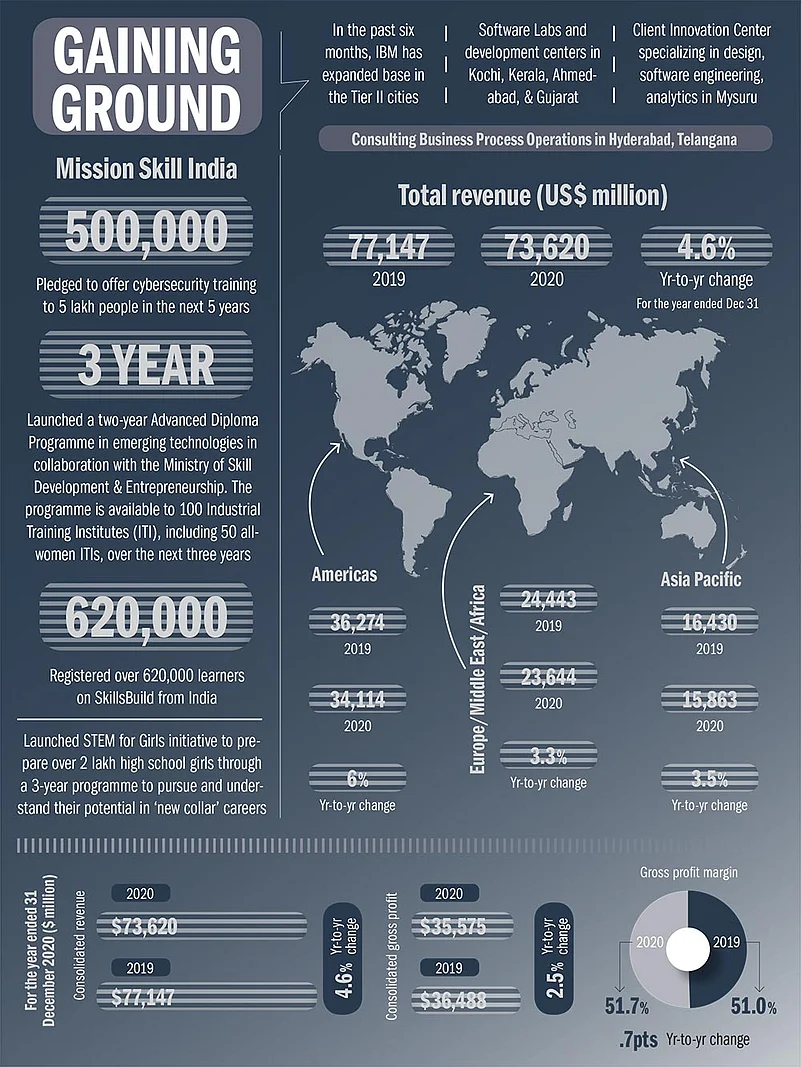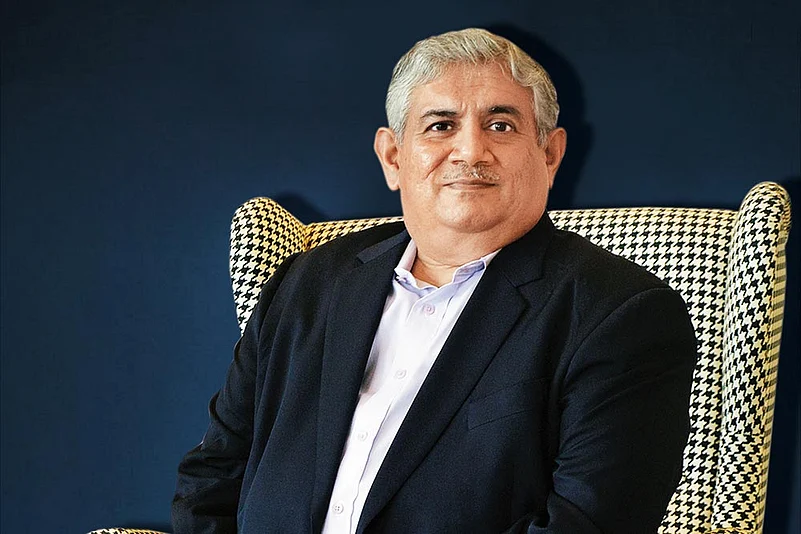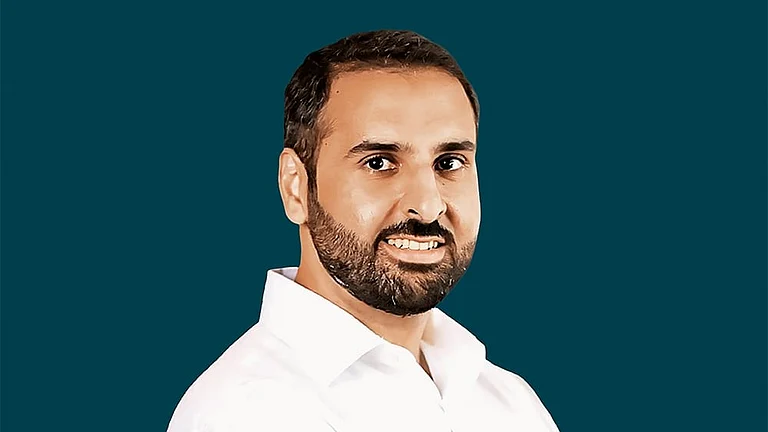By being the first movers to capture India’s technological boom, IBM has ensured that it now is in the DNA of the country. The US technology giant’s Indian subsidiary was established in 1992 and is headquartered in Bengaluru. From creating the tech support for the majority of India’s banking system, to providing supply chain support for distribution of Amul milk during the pandemic — there isn’t any sector in India left untouched by IBM. With an Indian at the current helm of affairs – Andhra-born Arvind Krishna took over as the CEO in April 2020 — IBM is not just looking at India as a market but as a talent resource pool as well. It has changed its engagement with India since it first came to the country as a BPO company to leverage the affordability of local labour. Now, its mainstay is highly skilled programmers that code for the world on AI, blockchain, and quantum computing, among others.However, as the tech-based startup space heats up in India, high-profile acquisitions would decide the future of tech giants here. While IBM’s core value is to be an enabler of India’s growth story, it remains to be seen whether it’s possible to keep growing in the Indian market without cut-throat competition. Outlook Business speaks with Sandip Patel, MD, IBM India, to understand the company’s plans for the country, why India is important for IBM and how IBM India has grown to deliver revenue on a par with global numbers.
How has the pandemic-induced digital wave impacted your focus on consultancy and software in India? Which are your focus sectors in India?
The pandemic has been a great teacher in many ways. It has taught us a lot of leadership lessons. It has taught us to be more agile and to operate effectively in an unprecedented crisis. More importantly, it has taught us to hope for the best but prepare for the worst and how we, as leaders, can drive anti-entropic behaviour. The whole art of compliant jugaad was another learning.
As clients and companies begin moving to hybrid automation and hybrid cloud models, promoting and enabling an open architecture for them to find new business partners or new business models becomes very important.
We have focused on the sectors that we have always majored in—financial services, essential services and industrial and consumer products. During the pandemic, we facilitated the delivery of Amul milk and helped Indian Oil with the delivery of gas cylinders and getting free gas cylinders under the government schemes by managing all the value and supply chains through our infrastructure systems.
What are some cutting-edge technologies that IBM could offer India to attain higher economic growth?
India is a key focus area for IBM. All of our R&D labs for global missions are based out of here. We continue to be the leader (in innovation) with over 9,000 US patents in 2020. India was the second-highest contributor to that number with over 11 per cent of the patents granted to inventors from India.
There are three technologies which I think are very critical and in which we have an edge that can help India grow. We recently announced the IBM Environmental Intelligence Suite which leverages artificial intelligence (AI) to help organisations prepare for and respond to weather and climate risks that could disrupt business, to help them more easily assess what their impact on the planet is and reduce the complexity of regulatory compliance. IBM research, specifically out of India, played a role in building the new carbon performance engine and climate awareness applications.

Second is quantum technology. It is something that is going to be the way of the future. We are very committed to growing a quantum-ready workforce and believe that we can have India operate as our quantum talent pool. IBM is possibly the only company in the quantum space that is actually enabling people to use our quantum computers remotely. Most of the others are offering simulations.
The third area we have been pioneers in is building trust with open-source blockchain. It is well established that blockchain increases trust, security and transparency. It is great for traceability of data. As we see these digital ecosystems forming, blockchain can really transform businesses by revolutionising supply chain, food distribution and financial services.
Do policy flip-flops and lack of clarity on policy matters impinge on your vision for India as far as data is concerned globally?
What we need to keep in mind is that after a point, if you truly want to serve the global economy, some amount of permissioned, secure and cross-border sharing would have to be accommodated.
We are very supportive of the Make in India policy and fundamentally believe that companies like ours are probably more Indian than anyone else. We have always lived with the premise of Make in India—for India and for the world.
The government of India is taking significant steps to develop an AI ecosystem. From infrastructure, to expertise, to skilling—the government’s efforts in this space are commendable. It is also encouraging to see India join the league of leading economies like the US, EU, Australia and several others in AI.
In hybrid cloud, the government’s focused approach on greater adoption of cloud services and the cloud vision for India 2022 encourages us not only to invest in private enterprise but also in public sector cloud. In the future, we see the opportunity to have more pro-cloud initiatives and policies which are ready for tomorrow.
BFSI, telecom and several other sectors—your core focus areas—are also the sectors that are important from India’s double-digit growth standpoint. What are the challenges there as these would grow only on the basis of technology, digitalisation and increased R&D?
The key challenge that we would see is ensuring that the clients in these domains are ready to move at the pace in which technology is moving. And, I do believe that it’s something that companies are recognising more and more.
The other thing that we are dealing with, as an industry across the board, is the fight for talent. It is not just skilling and having that talent for only us as service providers but also ensuring that companies themselves are moving towards a tomorrow-ready tech workforce. Plus, it is also about ensuring that the tech skills are coupled with soft skills.
Cyber security is both a challenge as well as an opportunity. The whole issue around cyber risk is not just an IT risk anymore, it is a boardroom conversation. We have this very solid cyber security portfolio which we are now using for our clients as well. It is what we use for protection purposes because we have billions of transactions that go through our systems.
We have committed to train 500,000 people in the next five years in India.
Going back to your hybrid cloud business, the International Data Corporation sees this space growing at a phenomenal pace as far as India is concerned. The largest player is AWS (Amazon Web Services) and Azure (Microsoft) is breathing down its neck. Where does IBM see itself in this very competitive market going ahead?
There is the public cloud market that is growing. Recent analyst reports say that it’s the hybrid cloud market which is going to be more of a trillion-dollar opportunity. In addition to public clouds, there would be private clouds, on-premise infrastructure and so on.
We are betting really high on the whole hybrid cloud movement which would include public cloud but also where other infrastructure clients would operate. Any company, by design, will have multiple clouds operating in their environments. What becomes more important in such an environment is how you enable seamless and efficient movement of applications and data across those different cloud properties. This is where an open-source, platform-centric model becomes important and that is what we provide with Red Hat infused with our software and open standards that accelerate the adoption of this hybrid cloud model.
Amazon and Microsoft are partners of ours in this journey. Clients can have Azure, Amazon or IBM on-premise and we are giving them the flexibility with this open hybrid cloud platform so that they are not locked in any vendor relation—whether with IBM, Microsoft or Amazon.
Globally, 70 per cent of IBM’s revenue will now come from software and consulting. How is the India market revenue mirroring the global trajectory?
We don’t disclose India-specific numbers but our revenue portfolio is quite similar to our global numbers. Consulting is a growth factor for the company. We do a ton of work directly with our clients to apply hybrid cloud and AI to achieve the digital transformation goals. That has always been a growth factor in India—both for our domestic businesses as well as what we do for our global clients. That continues.
The software revenue has been recently led by Red Hat, security, operations and all of that. For us, in India as well, software and consulting remain two of the main drivers of growth.
IBM Consulting has been hiring in double digits across our global delivery networks. We recently sent about 55,000 fully cloud-trained consultants globally, 70 per cent of whom have deep industry expertise. We are seeing double-digit hiring in India as well.
Is IBM looking only at collaborations and becoming an enabler or is it also looking at active acquisition of start-ups in the Indian market?
We are generating a strong free cash flow to enable investments. This enables us to make investments in the business wherever we need them. Since Arvind (Krishna) became CEO, we have acquired about 17 companies and they have been aligned to this agenda and strategy.
***
Creating An R&D mindset
For India to enter into its next phase of growth, it is imperative that a research-driven mindset is honed through policy intervention, as India has not yet developed a mindset for research. This is an area where IBM is trying to make a difference. “We are at a point when there is a lot of interest in advancing the scope of research & development as a country. There are discussions at all levels, right up to the Prime Minister and the Principal Scientific Adviser to look at opportunities to scale this further,” says Gargi Dasgupta, director and CTO, IBM India.
Even India’s education system needs to be equipped to fuel a research mindset among students to address the growing demands of scale. Dasgupta believes that more avenues in the remote areas need to be created where the ratio between students and the faculty, facilities and infrastructure is skewed.
Talking to Outlook Business, Dasgupta said that one of her visions for India is to have this high-tech corridor. “One is we can start as a government policy, a low-cost universal technological access everywhere. A few rupees per hour cloud, high-performance computing, maybe even quantum. But let’s make it ubiquitous. Everyone in schooling or undergraduate systems can have access.” She believes that once access is opened up, people get more experimental, which can help develop skills and aid targeted training.
“Once we do that, we have more and more scope to invest in R&D,” Dasgupta says.
While India has world-class institutes like the Indian Institutes of Technologies (IITs) and the Indian Institute of Science which offer great R&D opportunities, there is a lot that needs to be done to take the learning from these institutes and create interest in the larger student ecosystem.
***

If you look at the entry level, the number of girls and women signing up for STEM (Science, technology, engineering, and mathematics), is far better as compared to the US and other geographies. Keeping aside the gender representation in the IITs today, there is a holistic acknowledgment and acceptance that STEM is an interesting career choice for girls. But the problem of gender parity begins as we go higher up. If you look at the percentage of women in decision-making or leadership roles in STEM areas, it’s a huge leaky bucket. Most of that dropout happens between early and mid career
Gargi Dasgupta, Director and CTO, IBM India






























